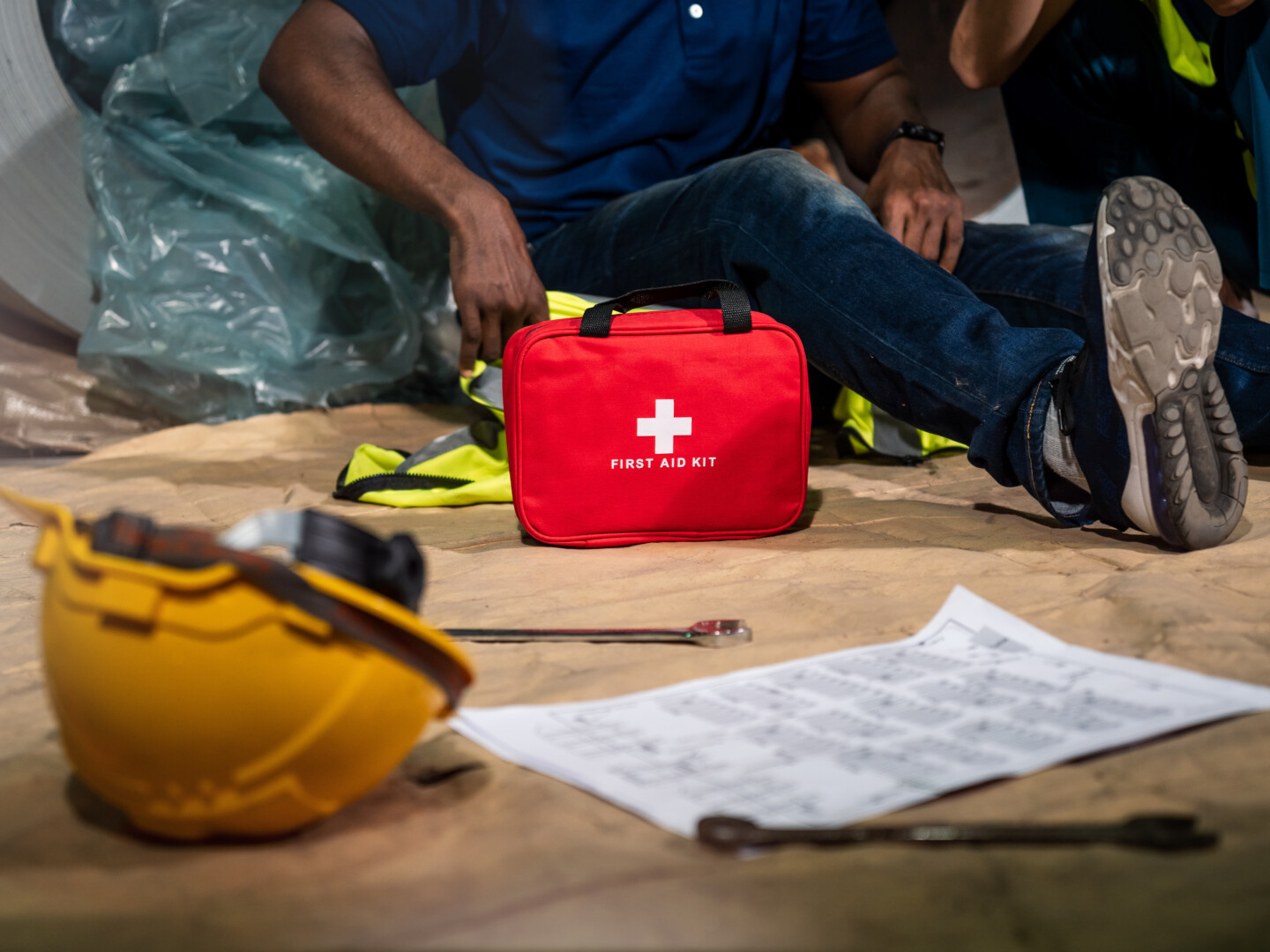


In the following article we will look at the current reporting requirements that must be followed if workplace accidents were to occur.
The procedures that need to be followed regarding accident reporting and accident investigation should be outlined within your current health and safety policy.
The Reporting of accidents, ill health occurrences and any dangerous occurrences at work are a legal requirement under the Reporting of Injuries, Diseases and Dangerous Occurrences Regulations 2013 (RIDDOR) and failure to comply with these regulations is a criminal office.
The regulations place a legal duty on the responsible person to make reports to the relevant enforcing authorities.
In the case of an injury to an employee, the responsible person will be the employer, In the case of the injured party being self-employed or a member of the public, the responsible person will be the person in control of the premises where the incident occurred.
Employers are legally required to keep detailed records of any accidents that have occurred in the workplace, these records can be stored in any format, including electronically, as long as the documents can be printed and are readily available if required.
Accident records must as a minimum include details of:
Details of an accident should be recorded by the injured person; however, these details can be completed by an employee.
The completion of an accident record alone does not allow the employer to fully meet with their legal obligation to report specific accidents and dangerous occurrences to the HSE or the local authority under the requirements of RIDDOR.
The Reporting of Injuries, Diseases and Dangerous Occurrences Regulations (RIDDOR) requires the following to be reported directly to the appropriate enforcing authority, this could be the nearest HSE office or the local authority.
Where an accident, occupational disease or a dangerous occurrence has occurred that requires reporting under RIDDOR, then a report should be made online, using the appropriate forms via the HSE’s website.
The following must be reported immediately to the appropriate authority and a report submitted.
The report helps to inform the enforcing authorities about deaths, injuries, occupational diseases and dangerous occurrences, so they can identify where and how risk arise and whether they need to be investigated.
All reportable injuries (including deaths) must be reported if they occur as the result of a work related accident and the type of injury is reportable as listed within the regulations.
A death to a worker and a non-worker must be reported if it results from a work related accident or an act of physical violence to the worker.
The current regulations give two types of injury that must be reported if the person was at work, specified injuries and over seven-day injuries.
Specified injuries include:
Are injuries where an employee or a self-employed person, is away from work or unable to perform their normal work duties for more than seven consecutive days.
As an employer you must report any injuries to a member of the public or people who are not at work, if they are injured through a work related accident and are taken to hospital from the scene of the accident to hospital for treatment to that injury.
Dangerous occurrences are certain, listed, near miss events, there are 27 categories of dangerous occurrences that are relevant to all workplaces. Some examples include.
A full list of dangerous occurrences can be found on the RIDDOR section of the HSE website.
Click here to read some frequently asked questions about health and safety.